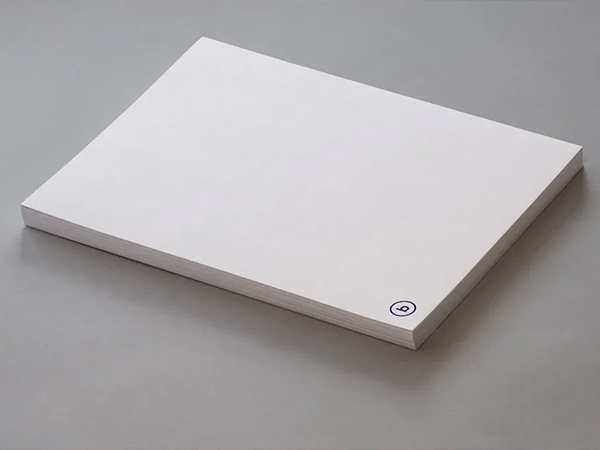Introduction: The Need for Dual Sizing in Modern Packaging
In the world of packaging paper and board, achieving the right balance between strength, printability, and water resistance is critical. Traditional sizing methods often focus on either internal or surface sizing alone. However, in recent years, a dual sizing approach—combining internal and surface sizing—has gained traction for its superior performance. This article explores how these two systems complement each other to enhance the properties of packaging-grade paper.
Internal Sizing with AKD: A Foundation of Water Resistance
Internal sizing primarily involves the addition of Alkyl Ketene Dimer (AKD) during wet-end processing. AKD reacts with cellulose fibers, forming hydrophobic ester bonds that reduce paper’s water absorption. Key benefits include:
- Improved dimensional stability
- Better ink hold-out
- Resistance to liquid penetration throughout the sheet
Process Tip: AKD should be added at the high-level tank or mixing chest with sufficient retention time (≥15 min), and used alongside retention aids like CPAM to improve efficiency.
Surface Sizing: Creating a Functional Barrier Layer
Surface sizing is typically done during the paper finishing stage by applying a thin film of sizing solution—often based on oxidized starch, PAE resin, or synthetic polymers—onto the paper surface.
Benefits include:
- Enhanced surface strength and print quality
- Reduction of surface fuzz and linting
- Improved resistance to edge-wicking and rewetting
Important Note: For packaging paper requiring moisture vapor resistance (e.g., food wraps), using a surface sizing agent with particle size ≤0.2 μm ensures a dense, uniform coating.
Synergy Between Internal and Surface Sizing
When used together, internal and surface sizing create a synergistic effect that improves both the internal structure and surface barrier of the sheet. The key advantages include:
| Feature | Internal Sizing | Surface Sizing | Combined System |
|---|---|---|---|
| Main Function | Hydrophobic bonding inside fibers | Surface film formation | Total water resistance |
| Drying Requirement | ≥24h curing | ≥95°C instant fixation | Efficient under optimized drying |
| Typical Issues | False sizing if drying too low | Uneven sizing if dilution/pressure unstable | Balanced performance when optimized |
Using a dual sizing strategy can also reduce total chemical consumption by 20–30% while improving performance.
Process Optimization Suggestions
To maximize the benefits of a dual sizing system, consider the following tips:
- Drying Profile: Include a rapid curing segment at ≥110°C for at least 3 minutes.
- pH Control: Maintain slurry pH between 7.5–8.5 to prevent AKD hydrolysis.
- Particle Size Management: Use high-shear emulsifiers (e.g., SDH type) to keep surface sizing particles ≤0.15 μm.
- Retention System: Use dual retention (Cationic Starch + CPAM) to retain both sizing agents effectively.
Conclusion: A Smarter Approach to Functional Paper
By leveraging the strengths of both AKD internal sizing and surface sizing agents, packaging paper producers can develop products that meet demanding end-use conditions—such as food packaging, industrial wraps, or carrier boards. Dual sizing is not just a technical upgrade; it’s a strategic shift toward performance, efficiency, and sustainability.






